#barroque
Text
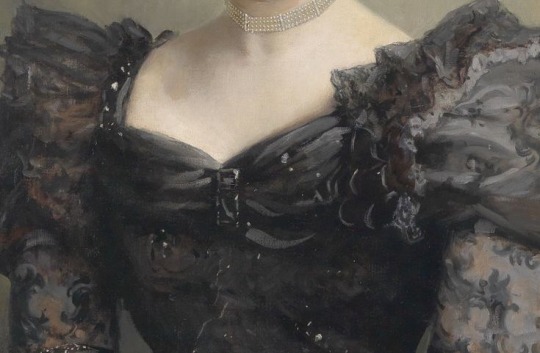
#goth#goth aesthetic#goth vampire#gothic#vampire aesthetic#victorian goth#goth outfit#vampire girl#barroque#provence#vintage
703 notes
·
View notes
Text

Zdzisław Beksiński
#Zdzisław Beksiński#1976#70's#70s#surrealism art#surreal art#polish painter#painting#artwork#illustration#art#barroque
347 notes
·
View notes
Text

Abigail Morris - The Last Dinner Party
#abigail morris#the last dinner party#music#musician#musica#rock#rock music#singer#rock singer#beauty#alternative rock#indie rock#art rock#barroque#ai generated
88 notes
·
View notes
Text

Sé de Braga, Portugal
24 notes
·
View notes
Text

Baroque tubular organ in Swieta Lipka, POLAND
#cathedral#catedral#baroque#barroque#barroco#tubular organ#organo tubular#swieta lipka#swieta#lipka#poland#polonia#europe#europa
95 notes
·
View notes
Text

Sereia
7 notes
·
View notes
Text


Thank you Larian Studios for ruining my life <3
This drawing took me so much time but honestly I think it's the best thing I've ever done.
Art by Me (strawberrychocotoast)! please credit me if used!
#shadowheart#baldur's gate 3#bladurs gate iii#dnd#wizards of the coast#wotc#larian#larian studios#bioware#myart#original art#fanart#shadowheart fanart#barroque#dungeons and dragons#baldurs gate#bg3#bg3 shadowheart
13 notes
·
View notes
Text
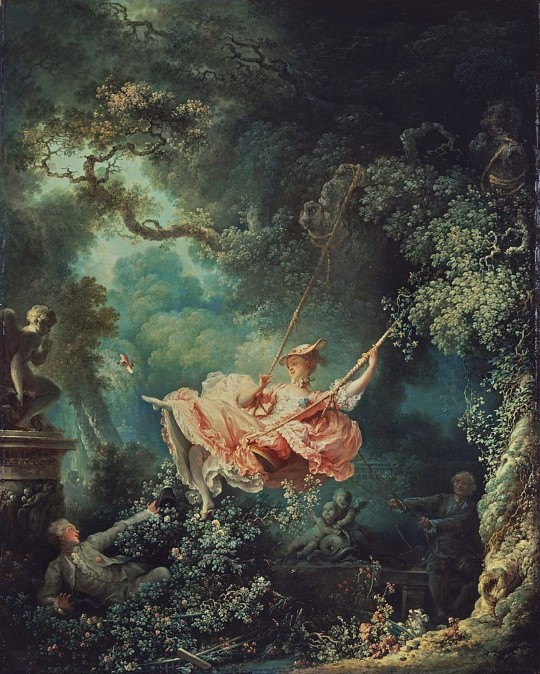
Los felices azares del columpio (en francés, Les hasards heureux de l’escarpolette) o, simplemente, El columpio es el cuadro más conocido del artista francés Jean Honoré Fragonard y una de las obras más representativas del rococó, realizado en 1767. Es una pintura al óleo sobre lienzo con unas dimensiones de 81 centímetros de alto por 65 cm. de ancho. Se conserva en la Colección Wallace, en Londres (Reino Unido).
Arte Rococó ⚜️
El estilo Rococó nace en Francia a principios del siglo XVIII y se desarrolla durante los reinados de Luis XV y Luis XVI. Ha sido considerado como la culminación del Barroco, sin embargo, es un estilo independiente que surge como reacción al barroco clásico impuesto por la corte de Luis XIV. El rococó a diferencia del barroco, se caracteriza por la opulencia, la elegancia y por el empleo de colores vivos, que contrastan con el pesimismo y la oscuridad del barroco. Es un estilo aristocrático, revela el gusto por lo elegante, lo refinado, lo íntimo y lo delicado. Armoniza con la vida despreocupada y agradable que la sociedad ansía y se desentiende de cuestiones religiosas. Es un arte mundano, sin conexión con la religión, que trata temas de la vida diaria, no simboliza nada social ni espiritual, sólo superficialidad. Por todo esto se considera al Rococó un arte frívolo, exclusivo de la aristocracia. Se difundió rápidamente por otros países europeos, sobre todo en Alemania y Austria y se seguiría desarrollando hasta la llegada del Neoclasicismo.
39 notes
·
View notes
Text
Explaining my artwork of Harrow as a crowned Nun

Look! She’s gorgeous
Let’s start at the beginning.
What is a crowned Nun?
For those of you that didn’t grew up with a heavy Spanish influence in your culture, let’s simplify it: Nuns wanted to be pictured in a rad way.

Nuns could be pictured that way on multiple occasions: when they joined their congregation, when they died or when they celebrated the anniversary of their ordaining. Since most of the time, their families would never see them again (several convents enforced seclusion) it was maybe a way to preserve their memory by commissioning a portrait. They always had several element in common, of course the first one was the crown, the “palm”, a figure allusive to Jesus Christ and in some cases they would be holding a candle.
Joining a congregation in the vice-reign of New Spain (Mexico) was a huge deal, particularly for the richer women. They would walk to the convent wearing their best garments and people would give them valuable objects in their way in (jewelry, flowers, expensive fabrics). However, they would have to take of everything and change into a modest and far more humble attire: the nun habits. As a way of leaving their old life behind.
Now:
Why Harrow as a Crowned Nun?
Because I can.
And I loooove religious art and iconography.
But also, Nuns are a very interesting element of catholic regime and the way Tamsyn Muir presents Harrow as a Nun is so interesting to me. In GtN, Silas says that the ninth was never supposed to exist, they were supposed to die away quietly as soon as the tomb was locked…but they didn’t. Instead they created a religion around the Locked Tomb.
Sort of like the cult around the one, the only, the most amazing Virgin Mary. In countries like mine, the Virgin Mary is a figurehead of the church, several people even claim they are not catholic, instead, they are “Maristas” (wish would translate to something like Marists I think). That’s because when Spain converted the natives they tried to associate saints with their gods, in my culture, we revere Mary so much because she is the mother.
So, why is Harrow (the Reverend Daughter of the Ninth House, leader of the Locked Tomb Cult, a Cult that was never supposed to exist) a Nun when Nuns are supposed to be married to Jesus? The son of God?
Now you see my train of thought, right?
Right?
Now, let us dive into the elements:
The crown
The most iconic part of crowned nuns is of course, the crown. Some theorize that the flower crown alludes to Saint Barbara, who wore a crown made of roses, however, the most accepted theory (and the one that aligns with conventual rituals) is that the crown symbolized victory. The priest ordaining the nun would hear her take her vows as a bride of Jesus Christ and would crown her “for eternity”, for the crown was a symbol of eternal glory. Most crowns were made of Roses and lilys that meant purity, in Spain particularly, Nun’s crowns were made entirely of roses.

Harrow is wearing a Crown made of several flowers (I’ll get to it) and in the crown can be read “I pray the tomb is shut…”, for the Crown represents the weight of the tomb keepers and the legacy of the ninth house. But I omitted the “forever” because our favorite goblin very much opened the tomb.
The flowers
Bear with me, because I just picked and chose the meaning I wanted for the flowers. I do not stick to one culture and book, but I think that's more fun. On her crown, Harrow Is wearing five different flowers and laurel leaves.

Carnation: In Catholicism, Carnation represents martyrdom. The red color is associated with the blood of Jesus and his sacrifice for humanity. Harrow is wearing a flower that symbolizes the blood of the child of god (Jod). In a way, everything ends and behind with that blood.
Cempasúchil (Marigold): In Mexico, we use Cempasúchil to guide our dead back on the Day of the Death. It’s a flower associated with death and return. Obviously, I felt it was very fitting for a necromancer in a death cult.
Lily: Several saints and martyrs are pictured with white Lilys, that simbolize purity and virginity. I feel it's important to remember that Harrow died a virgin. I kind of want to rub it in her face. In a “no bitches?” way.
Forget me not: I’m sure you already figured it out, but these flowers represent Harrow’s mental state all throughout HtN. To me, these are Gideon’s flowers. Like Gideon asking and fighting to be remembered.
Baby’s breath: Notice a pattern? I tried to put as much of baby’s breath as I could. Since Harrow represents the sacrifice of two hundred children of the ninth. A weight Pelleamena and Priamhark placed on her shoulders, when they stole two hundred “baby’s breath” to conceive Harrow.
Laurel: Laurel represents victory. Heroes, athletes, etc. wear laurel leaves. One of the most distinctive elements of Jod is his crown. Laurel represents Harrow’s (bittersweet) victory and her association to Jod as a Saint.
The Palm (?)
Palms, like the crown, were a symbol of victory: The triumphant entering of Jesus in Jerusalem, the triumph over death from martyrs, you name it.
It truly doesn't look like a Palm, but it's very much like the palms these Nuns were pictured with. These palms initially looked like ordinary palms from palm trees. However, these nuns lived in barroque times, so a simple palm wasn't enough. Soon they were so ornated that they didn't looked like palms.
Harrow’s palm has the same flowers as her Crown. But I added one more flower: a Lily of the valley. Like a normal lily, it also symbolizes purity, but it can also represent tears. Kind of emphasizing how much our girl has suffered and needs a break (don’t give her a break Tamsyn, I’m terrified of what you can do)

Did you noticed something? A Hollywood hair Barbie perhaps?
Nuns were often pictured holding a representation of the saint they were devoting themselves to. I added Alecto because the whole Locked Tomb Cult revolves around her, and there's no one more devoted to Eldritch Barbie than Harrow.
If you reached this point, thanks!
Baby Jesus Gideon
Crowned nuns were mostly pictured with Jesus, normally as a baby or in the cross. Jesus is after all their “Holly Husband”. I decided to be self indulgent and add Gideon as Harrow’s Holy Wife (manifesting a kiss), and obviously because Gideon is the child of Jod. I drew her as a baby, because I truly didn't want to draw her impaled (the equivalent of her cross?).

So yeah, that’s it. A lot of rambles from my catholic past and my girl kisser present. I really invite you to check my sources (if you understand Spanish) because they are so interesting. I’m sure I missed so much.
Thesis on crowned nuns (I couldn't add it as a hyperlink, sorry) http://132.248.9.195/pdtestdf/0312151/Index.html
A chronic of Crowned Nuns and conventual life
Showcase of Crowned Nuns (many cool pictures)
Pictures from the exposition on Crowned Nuns from Museo del Virreinato
#the locked tomb#harrowhark my beloved#harrowhark fanart#harrowhark nonagesimus#harrow the first#alecto the ninth#gideon the ninth#artists on tumblr#catholic references#sacred art#nun#barroque
5 notes
·
View notes
Text

#photo#photos#image#images#picture#pictures#pic#pics#opera#opera house#theatre#rococo#barroque#renaissance#art#arts#classism#europe#european#golden#gold#opulence#luxurious#luxuries#luxury
45 notes
·
View notes
Text

Sagrada Familia del pajarito, by Bartolomé Esteban Murillo
#bartolome esteban murillo#christian art#christian aesthetic#art#painting#classic art#illustration#traditional illustration#barroque#christianity#jesus christ#holy family#st joseph#holy mary#st mary#mother of god#mother#father#catholiscism#catholic#catholic church#catholic art#xvii#xvii century
6 notes
·
View notes
Text
Saint Sebastian by Guido Reni (1615)
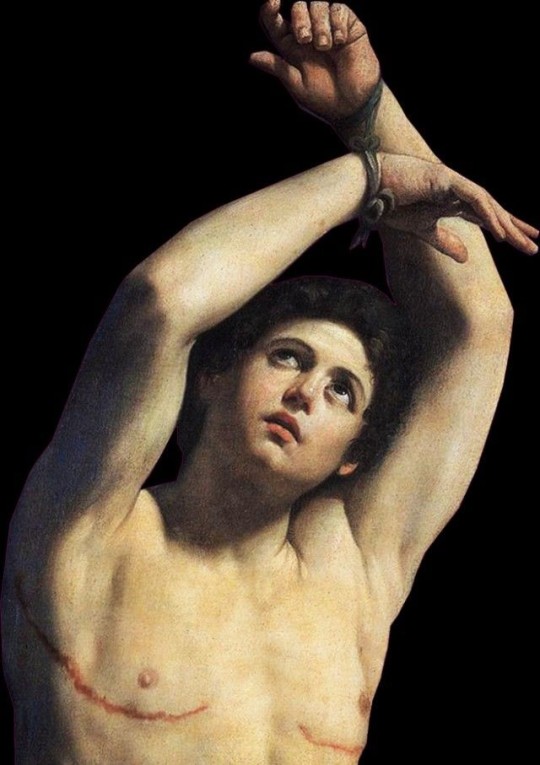
26 notes
·
View notes
Photo
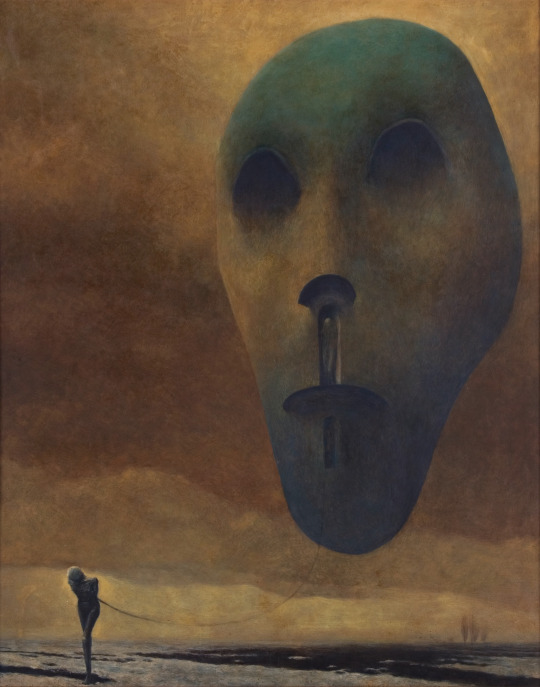
Zdzisław Beksiński, 1970
#Zdzisław Beksiński#1970#painting#barroque#polish painter#Polish artist#polish#surrealism art#surreal art#surrealism
240 notes
·
View notes
Text
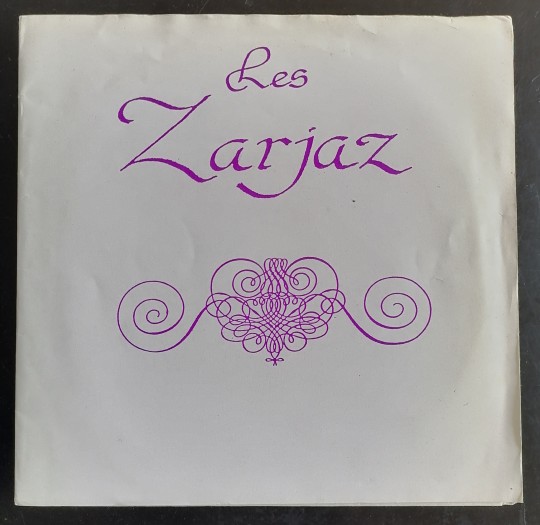



Les ZARJAZ
"One charmyng Nyte / My Lady owns a Falle out Zone"
(7". Creation rcds. 1985) [GB]
youtube
5 notes
·
View notes
Text
XV to XVIII Spanish rythms: Folia
It is a recurring Renaissance musical theme that, in addition to indicating two similar theme pieces, but with very defined characteristics is also used to designate a harmonic-melodic scheme used in hundreds of compositions from the late 15th century onwards. Its origins are in the Iberian Peninsula, from either the Kingdom of Portugal, León, or Valencia, in Spain (though it seems similar composition can be found at the end of the 15th century in Italy too).Taking the folía played specifically in Spain, Lully reduced the rhythm of the dance to suit his and Versailles’ taste, giving it the name folies d'Espagne.
youtube
youtube
youtube
youtube
youtube
Barroque dance: Folia d´Espagne with Marche de Turcs

#spain#folías#follies#portugal#france#spanish music#european music#barroque#barroco#renaissance#renacimiento#classic music#españa
8 notes
·
View notes
Text

Library in Prague
80 notes
·
View notes